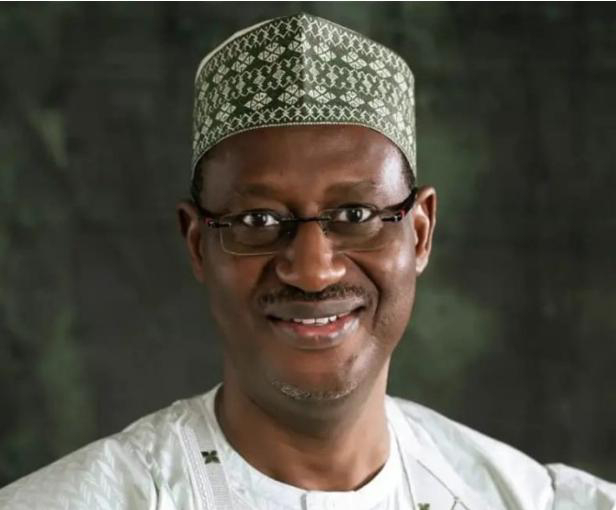The Federal Government has announced plans to deliver over 20,000 affordable housing units nationwide in the first phase of its Renewed Hope Housing Programme, with a long-term target to scale the figure to hundreds of thousands.
The initiative also includes urban renewal and slum upgrading projects already underway in 26 pilot locations across the country.
President Bola Tinubu, represented by the Minister of Housing and Urban Development, Ahmed Dangiwa, disclosed this at the 65th Anniversary of the Nigerian Institute of Architects held in Abuja on Tuesday.
“Affordable mass housing is key to our Renewed Hope Agenda. In the first phase, we plan to deliver over 20,000 housing units nationwide, with scalable plans to expand to hundreds of thousands. These units will target underserved Nigerians and enhance access to decent shelter,” Tinubu said.
He also highlighted the government’s focus on urban renewal and smart city development, adding that in partnership with state governments, slum upgrading projects have begun in 26 pilot locations to improve access to roads, clean water, sanitation, and renewable energy in informal settlements.
Addressing an audience of architects, lawmakers, government officials, and international delegates, the President praised the role of architects as custodians of “spatial justice,” whose designs shape societal well-being and national identity.
“Architecture is more than the design of buildings—it harmonises creativity with utility, and tradition with innovation,” he said. “Your work ensures that our built environment is inclusive, climate-resilient, and reflective of our cultural heritage.”
He further outlined several key components of the housing strategy, including urban regeneration and smart city projects aimed at revitalising aging city centers with sustainable designs and smart technologies.
He noted ongoing efforts to support private-sector-led clusters for local building material production to reduce construction costs, create jobs, and promote self-sufficiency.
Tinubu also highlighted the launch of the National Land Registration and Documentation Program, which aims to secure land tenure and attract investment through transparent, digitised land governance.
Additionally, the President said the government has integrated climate-responsible design, solar energy, and eco-friendly materials into public housing projects.
Tinubu emphasised the indispensable role of architects in delivering the Renewed Hope housing objectives, urging collaboration with the Federal Ministry of Housing and Urban Development, state planning authorities, and development partners.
He said the success of these initiatives depends on the leadership of architects, whose expertise will be crucial in developing inclusive housing prototypes, championing green building standards, and shaping regulatory frameworks like zoning laws and design codes.
In her opening remarks, NIA President, Mobolaji Adeniyi, welcomed guests with a message of unity and reflection on the Institute’s 65-year journey.
Speaking on the theme, “Architecture in a Rapidly Evolving Africa,” she celebrated the NIA’s legacy and growing influence.
“From seven visionaries, we have become a national body of nearly 15,000 architects, with footprints across all states and the FCT,” she said. “We celebrate not just structures, but the stories and values behind them.”
Adeniyi noted recent achievements such as revitalising dormant state chapters, improving internal governance, and regaining the NIA’s seat at the National Council on Establishments.
She also highlighted challenges, including unchecked urbanization, frequent building collapses, and the limited role of architects in public policy and procurement.
“Urbanisation is outpacing planning. The tragedy of building collapses persists. Regulatory gaps remain a national concern,” she warned. “Architects must be more involved in decision-making processes. Architecture is central to safety, sustainability, and national development—we must rise to the occasion.”
She concluded by calling for unity among professionals to address these issues and elevate the architectural profession’s impact on Nigeria’s future.

